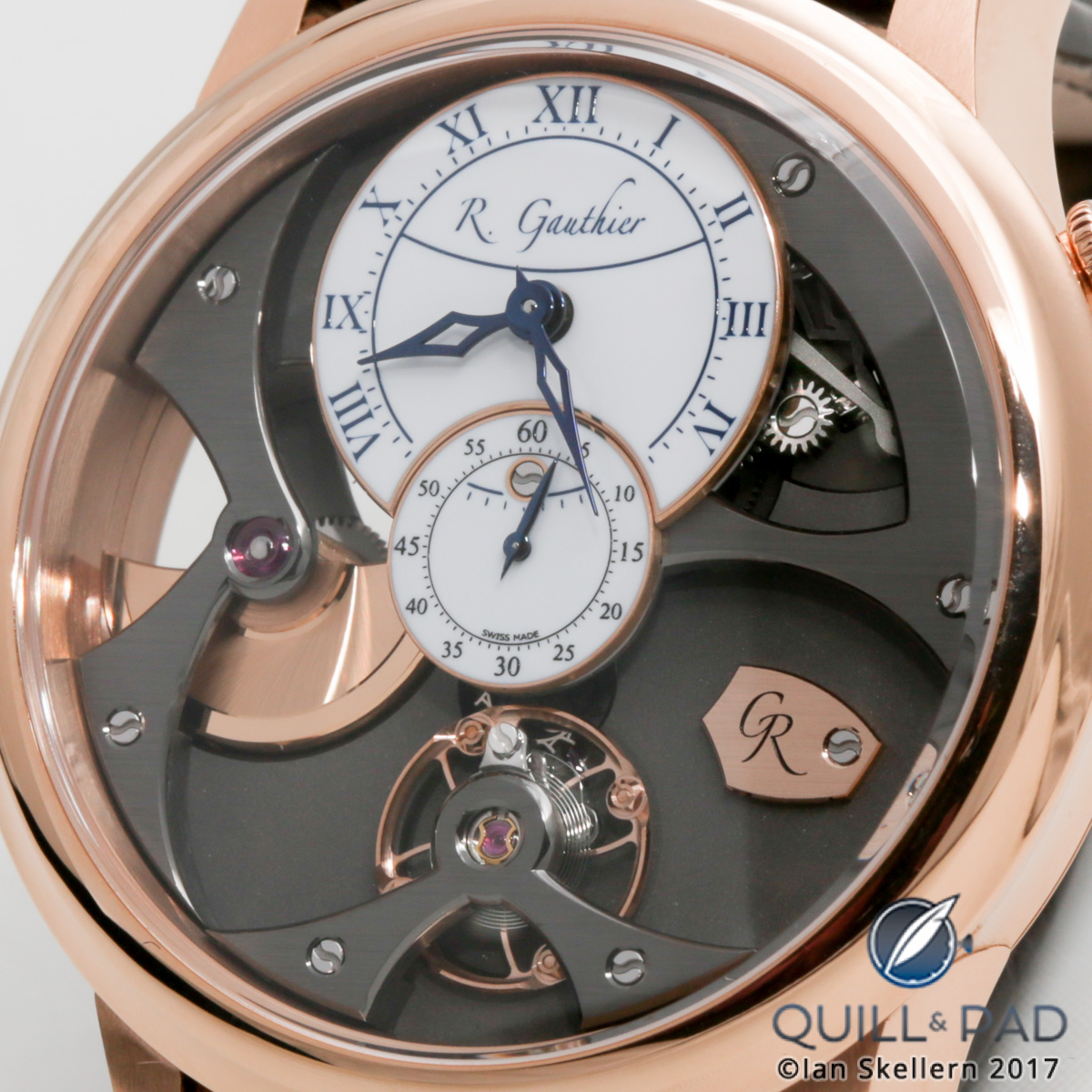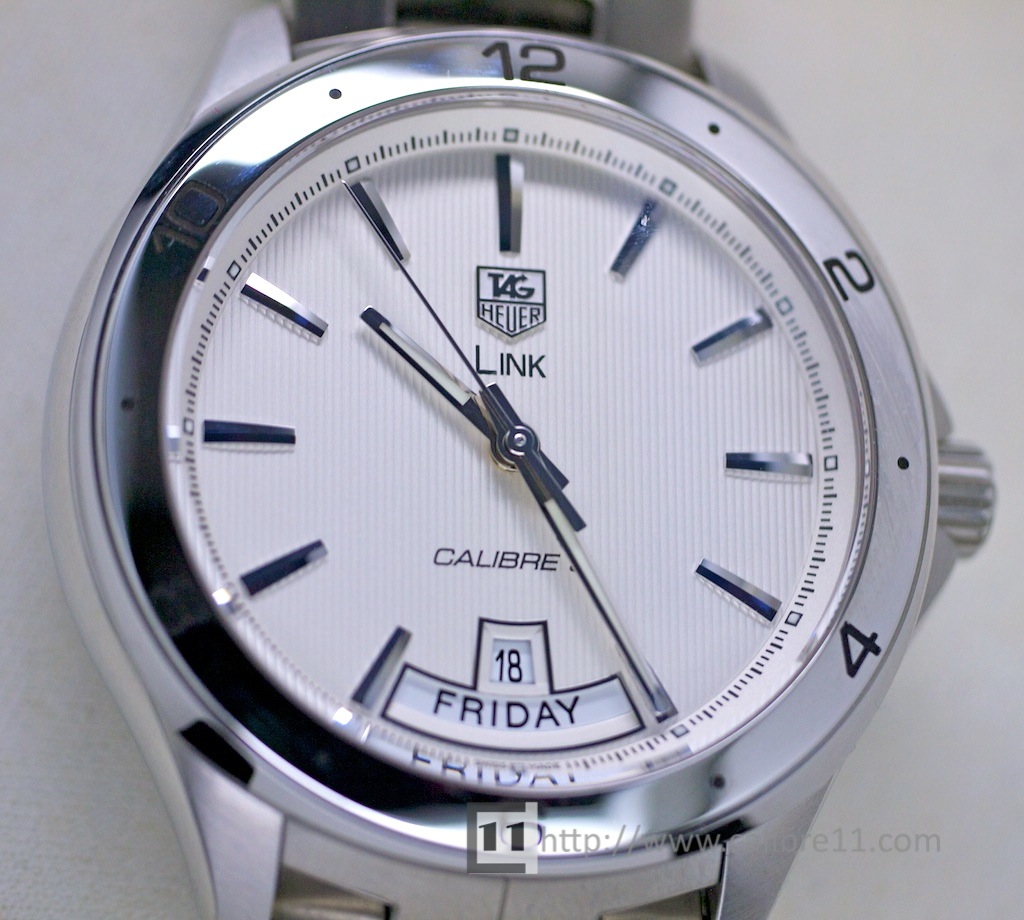
One of the best pieces of advice that I can give to anyone wanting to buy a watch is this: go and try it on. That may seem obvious to most, but given that you can now research a watch and have it delivered to your front door without leaving the couch, there is an increasing temptation to buy a watch based on photos alone- most of which are taken in a studio with fancy lighting and heavy editing.
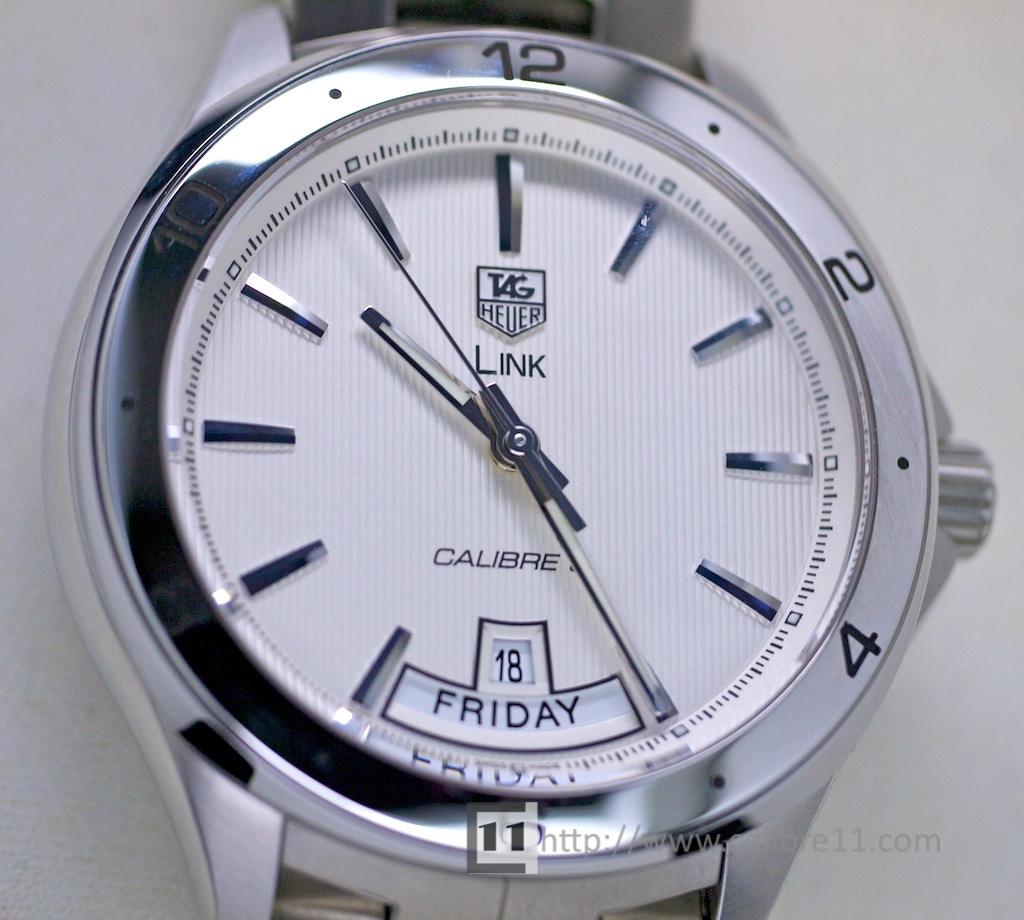 Likewise, you can’t review or learn about a watch from official photos alone, because it’s only by holding the watch in your own hands and in natural light, that details become apparent.
Likewise, you can’t review or learn about a watch from official photos alone, because it’s only by holding the watch in your own hands and in natural light, that details become apparent.
I mention this because when I first saw photos of the revised Link series, it looked to me like a fairly gentle update of the previous model. I’ll be honest and say that I wasn’t even sure if it was a new model. Sure, there were a few changes- an applied logo here, new bezels there, but from the press photos it looked to be a very similar watch.
While I’d still categorise the new series as an evolutionary step over the previous model, there are many changes that aren’t individually significant, but the sum of which make for a watch that has a distinctively different feel to the 2010 model.
History of the Link
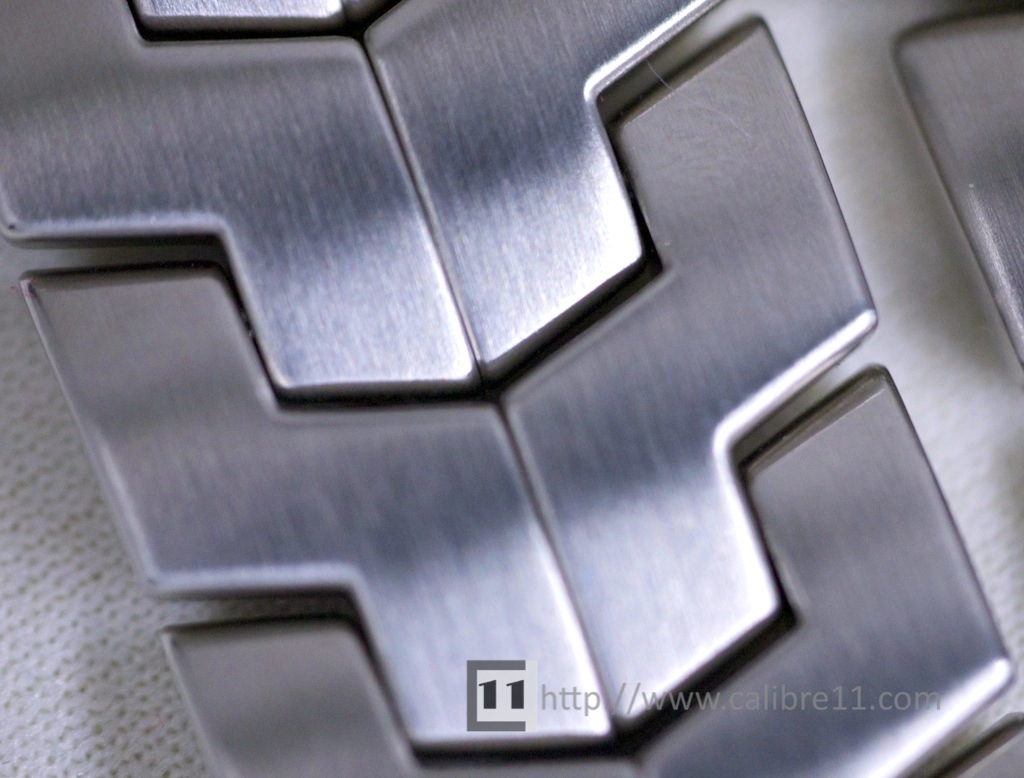 The Link series first appeared in 1987 as the S/el and was renamed “Link” in 1999 in recognition of the most distinctive characteristic of the watch- its bracelet.
The Link series first appeared in 1987 as the S/el and was renamed “Link” in 1999 in recognition of the most distinctive characteristic of the watch- its bracelet.
The Link bracelet is made up of two “S”-shaped links that give the watch a more comfortable fit than traditional “brick-style” links.
The Link is one of the most important watches in today’s range, and one of only two current series (along with the Formula 1) that are pure TAG Heuer, having no equivalent model in the previous Heuer range.
Design Overview
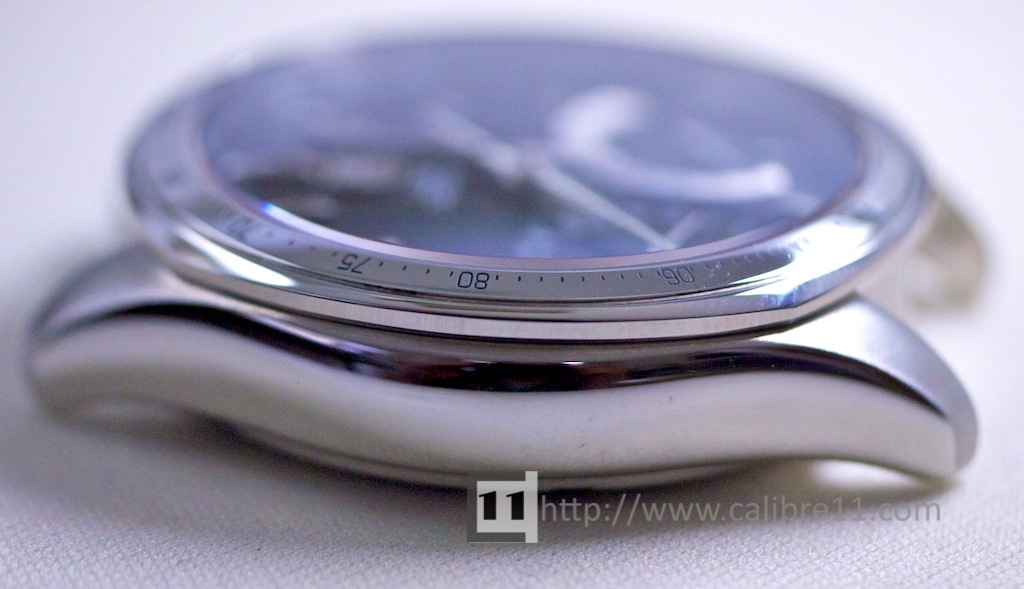 While the dial of the new range remain faithful to the previous model, the case of the Link has been significantly softened into a curvier shape. The finishing on the stainless case steel case has also been upgraded, with a combination of polished and brushed steel surfaces. The polished effect is used sparingly to avoid too much bling- restricted to the side of the case and even the side of the bracelet links.
While the dial of the new range remain faithful to the previous model, the case of the Link has been significantly softened into a curvier shape. The finishing on the stainless case steel case has also been upgraded, with a combination of polished and brushed steel surfaces. The polished effect is used sparingly to avoid too much bling- restricted to the side of the case and even the side of the bracelet links.
Providing a contrast to the rounded case is the newly designed bezel, which essentially has two parts- a thin “cushion-shaped” bezel with angled, square edges, into which is set the traditional circular bezel- a tachy bezel in the example below.
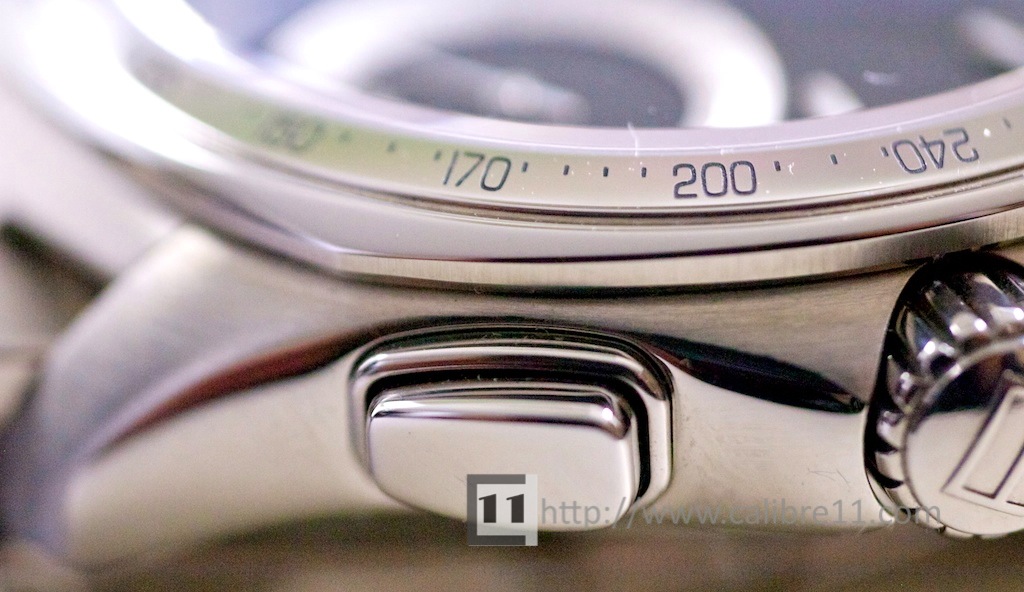 The lugs of the case have also been refined to a more shapely finish and have a brushed metal finish on the top-side.
The lugs of the case have also been refined to a more shapely finish and have a brushed metal finish on the top-side.
While the early S/el watches featured an integrated case and bracelet, the newer watches have traditional open lugs. This means that leather straps or other bracelets will fit easily, although the Link is the only current series that is sold only on a bracelet- there is no official leather strap option for the Link.
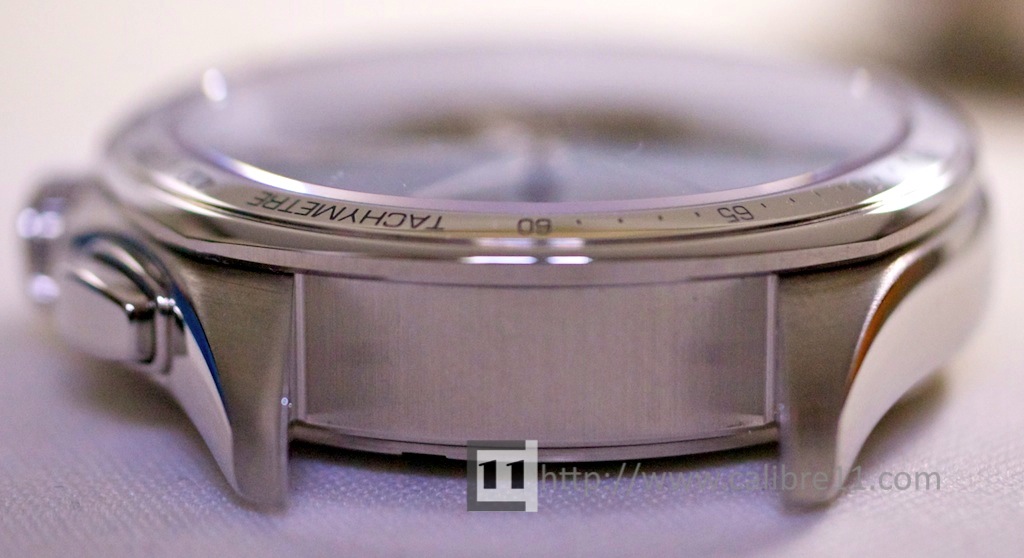
Pages: 1 2 3

